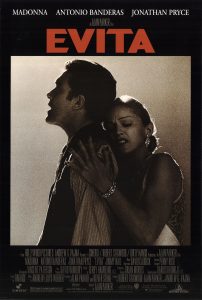
In Summer Half Term 2, pupils in KS3 have been studying authentic films and culture, of their country of study. Pupils in Y7 have been learning about Bull fighting in Spain. They have studied the Spanish capital of Madrid, and a city named Ronda, to help set the scene for their film study, linking to bull fighting. Pupils have learned that bullfighting is a controversial topic of debate in Spain and know the reasons why and where this is still permitted in Spain. Pupils have then watched Ferdinand, which tells the story of a bull that has been bred for bullfighting but soon realises that the bulls chosen, never return. The pupils have been able to discuss and explain the reasons why this has happened and review with their own opinions. Finally, pupils have studied the festival of San Fermín, which is famous for its running of the bulls. They have been able to compare this with bull fighting and explain why this part of Spanish culture may be seen as cruel.
Pupils in Y8 have been studying the film of Petit Nicholas, which has been adapted from a miniseries of French short stories. The film tells a story of Nicholas and his school friends, who are on a mission to stop his parents from having another baby. Nicholas and his friends do everything they can, until they understand this can’t be avoided and they come to terms with this. Following on from the film study, pupils have learnt about 3 famous French artists and produced their own piece of work in the style of their favourite artist. This allows pupils to be exposed to French culture firsthand inside the classroom.
Finally, pupils in Y9 have been looking at the culture of South and Central American countries. Pupils have learnt about Argentina and its history, looking at key figures such as Eva Peron (Evita). Pupils were able to then watch Evita, having a background knowledge of who she is and how she helped to change the lifestyle for the Argentinian people. This allowed the pupils to see what life was like in Argentina in the 1940’s/1950’s and look at how this has changed over time. Following this, pupils then look at the Mexican culture and the Mexican festival of Día de Los Muertos (Day of the Dead). Pupils are exposed to this festival and learn about how this is a celebration of people’s lives and how the Mexican culture believes that by creating ofrendas and putting up pictures of people who have passed, allows them to come from the ‘Land of the Dead’ and celebrate with their family. Pupils then watch ‘Coco’ to allow them to understand this festival and review whether they would like to take part in this festival or not.




